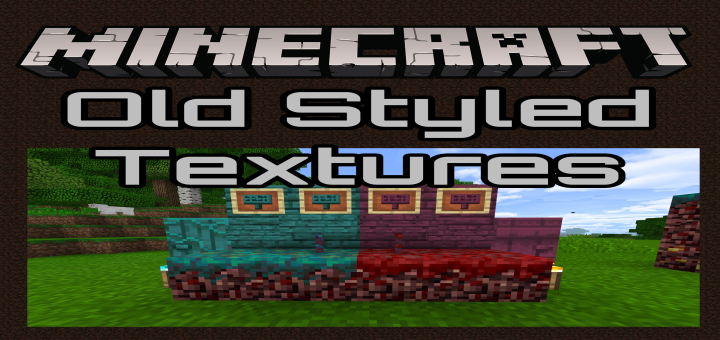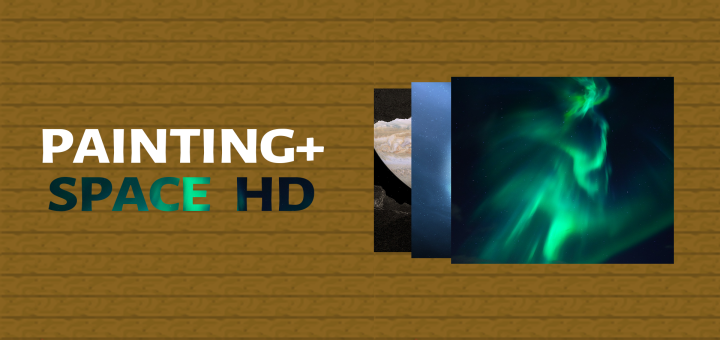Helo :)
GGaRD is a simple texture pack changing the diamonds and the gold look. I once thought: Hey, why is the gold in Minecraft orange yellow?
Or diamonds blue? And that's how the pack was created.
Select version for changelog:
Changelog
-Updated the description. (Made it longer)
-added instalation desription.
-nothing, but i needed 10 words





"Type IIb diamonds, which account for 0.1% of gem diamonds, are usually light blue due to scattered boron within the crystal matrix; these diamonds are also semiconductors, unlike other diamond types. However, a blue-grey color may also occur in Type Ia diamonds and be unrelated to boron."
Type I diamonds have nitrogen atoms as the main impurity, commonly at a concentration of 0.1%. If the nitrogen atoms are in pairs they do not affect the diamond's color; these are Type IaA. If the nitrogen atoms are in large even-numbered aggregates they impart a yellow to brown tint (Type IaB). About 98% of gem diamonds are type Ia, and most of these are a mixture of IaA and IaB material: these diamonds belong to the Cape series, named after the diamond-rich region formerly known as Cape Province in South Africa, whose deposits are largely Type Ia. If the nitrogen atoms are dispersed throughout the crystal in isolated sites (not paired or grouped), they give the stone an intense yellow or occasionally brown tint (Type Ib); the rare canary diamonds belong to this type, which represents only 10% of known natural diamonds. Synthetic diamond containing nitrogen is Type Ib. Type I diamonds absorb in both the infrared and ultraviolet region, from 320 nm (3.2×10−7 m). They also have a characteristic fluorescence and visible absorption spectrum.
Type II diamonds have no measurable nitrogen impurities. Type II diamonds absorb in a different region of the infrared, and transmit in the ultraviolet below 225 nm (2.25×10−7 m), unlike Type I diamonds. They also have differing fluorescence characteristics, but no discernible visible absorption spectrum. Type IIa diamond can be colored pink, red, or brown due to structural anomalies arising through plastic deformation during crystal growth—these diamonds are rare (1.8% of gem diamonds), but constitute a large percentage of Australian production. Type IIb diamonds, which account for 0.1% of gem diamonds, are usually light blue due to scattered boron within the crystal matrix; these diamonds are also semiconductors, unlike other diamond types. However, a blue-grey color may also occur in Type Ia diamonds and be unrelated to boron. Also not restricted to type are green diamonds, whose color is caused by GR1 color centers in the crystal lattice produced by exposure to varying quantities of radiation.
Pink and red are caused by plastic deformation of the crystal lattice from temperature and pressure. Black diamonds are caused by microscopic black or gray inclusions of other materials such as graphite or sulfides and/or microscopic fractures. Opaque or opalescent white diamonds are also caused by microscopic inclusions. Purple diamonds are caused by a combination of crystal lattice distortion and high hydrogen content.
I don't see how this resources pack changes the Minecraft diamonds to "real" diamonds.